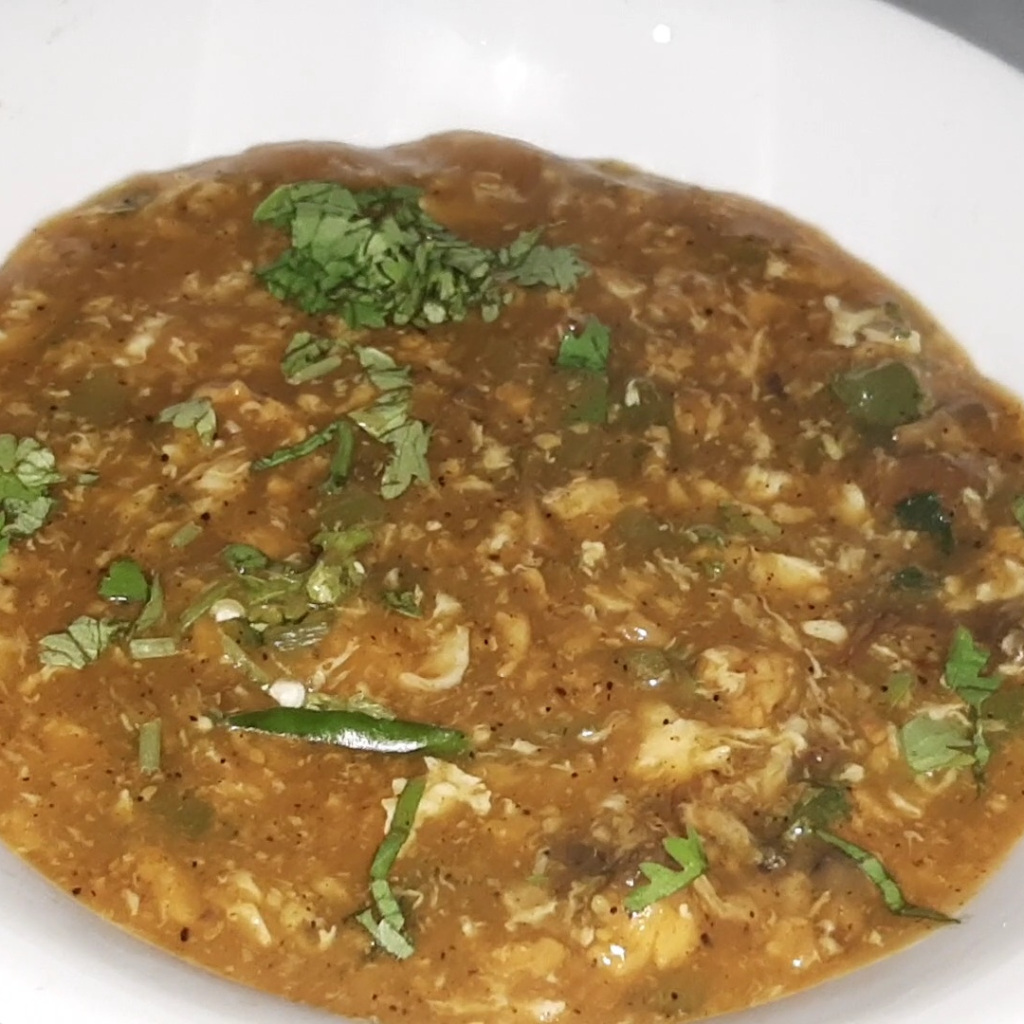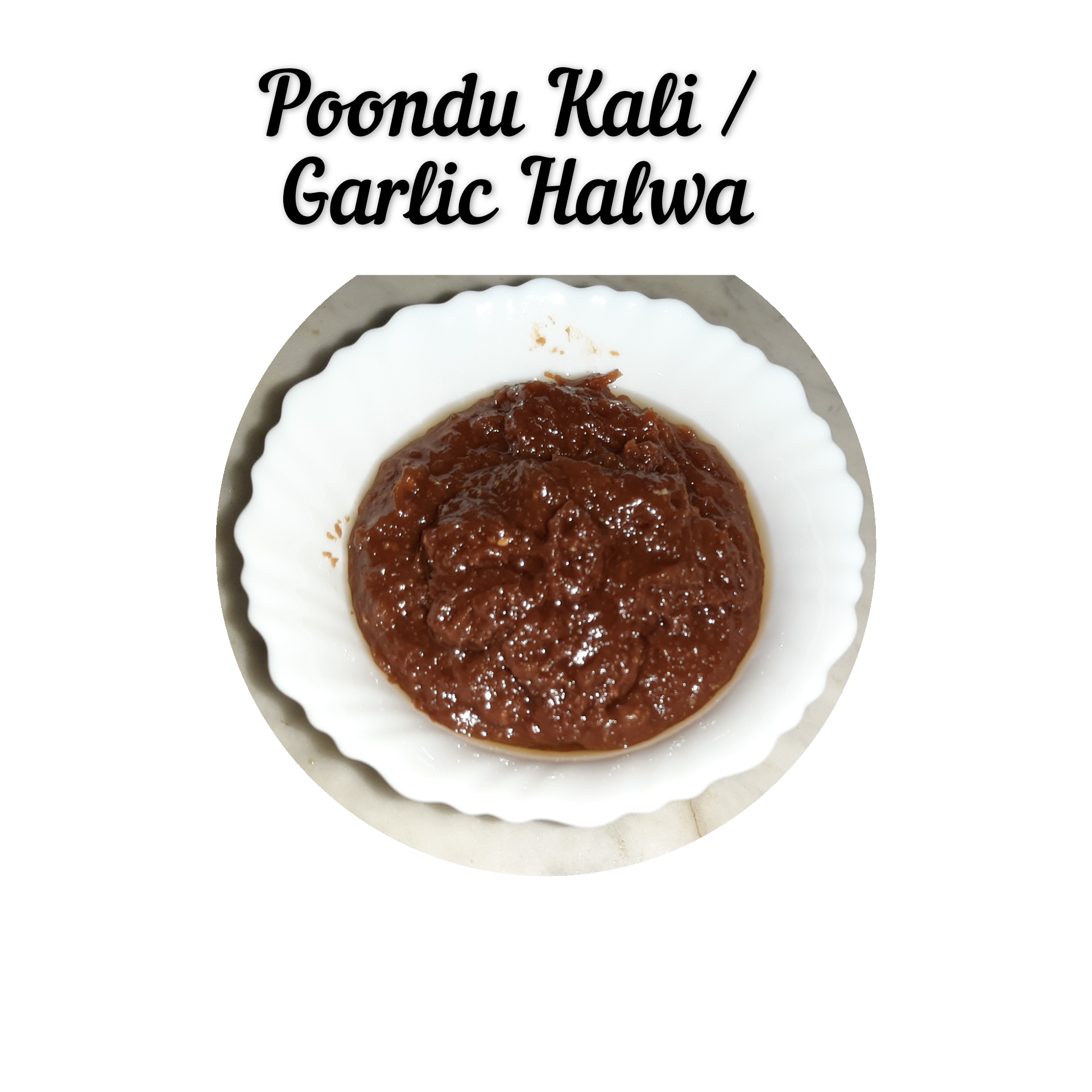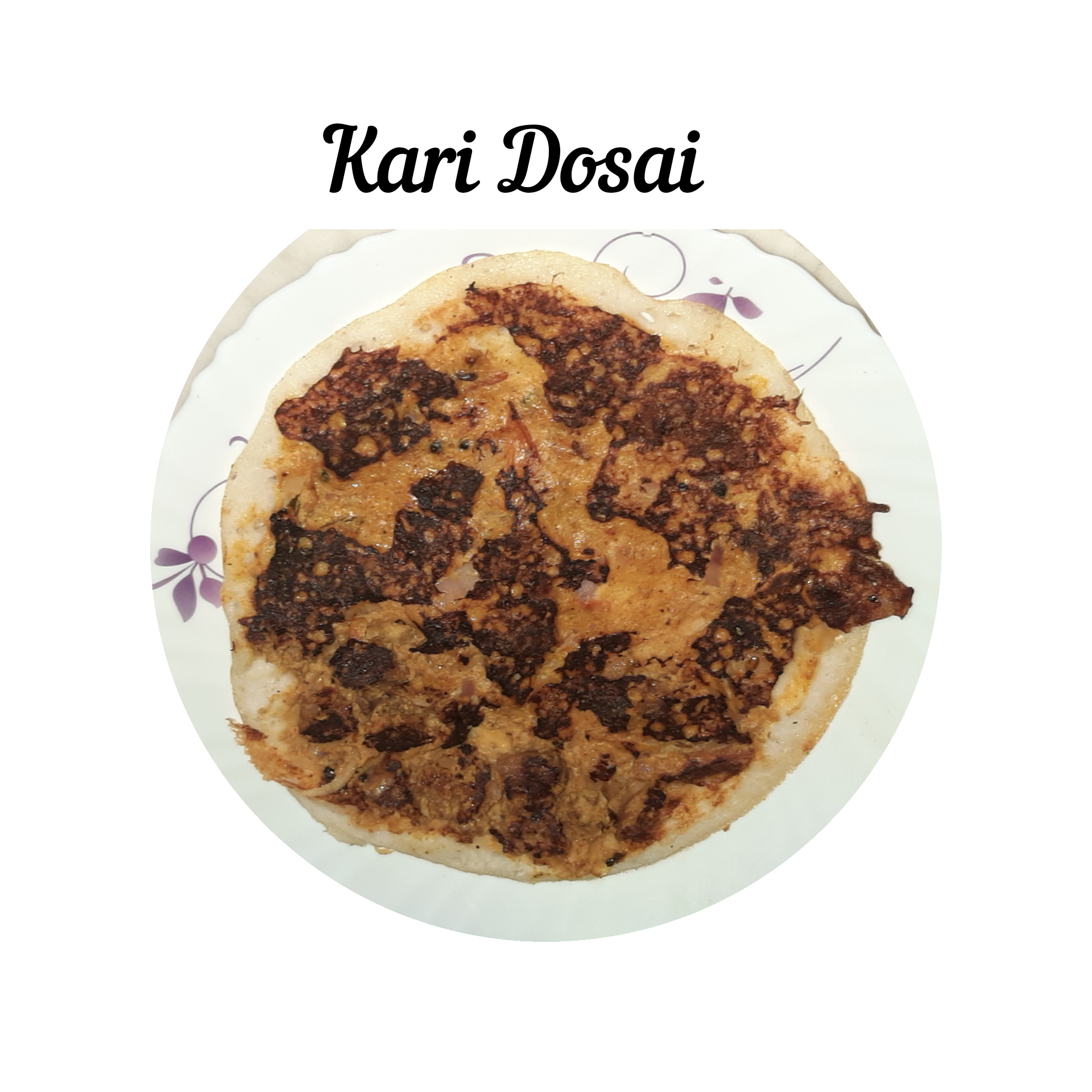How to check clay pot and season it for first time use… All about clay pot…
Watch video for demo or continue reading for detailed information.
Healthy lifestyle starts from the kitchen and the way we cook the food. Clay pots are well known healthy cookwares which enhance the nutrients available in the food. The Vitamins and minerals available in food are preserved when they are cooked in earthen ware. It is one of the ancient cookware and passed on to generations until now. Our forefathers and we have benefited by using it. We are now responsible to pass on the information and tradition to the next generation about all the goodness of cooking in earthen cookwares, how to handle and care for them. Unlike any other cookware, earthen pots require seasoning before it is used for cooking for the first time.
How to check the clay pot while buying it?
There are some points you should remember while buying clay pots / mud pots.
- While buying clay pot considering its health benefits, we should always buy unglazed earthen pots. Glazed clay pots lose their natural properties of mud pot as they are not porous.
- When you tap the clay pot with your finger knuckles, the good clay pots make good sound like musical instrument. If there is any damage in it, it sounds less.
- Look for any visible cracks. If there are any cracks, consider taking another pot without cracks.
- Buy from trusted shops which claims non-presence of harmful trace elements such as lead, arsenic and cadmium in clay. So you can be sure, the clay is not sourced from contaminated environment.

Benefits of cooking in clay pot:
- The unglazed clay pots are porous and alkaline in nature. When the food is cooked in it, it interacts with food and makes it neutral. Thus making the food healthier. For people who have acidity problems, the clay pot cooking is suggested as one of the remedies.
- It keeps the infectious bacteria at bay. Thus the food doesn’t get spoiled quickly.
- Earthen cookware retains the heat for long time for about 4 to 5 hours. It helps to keep the food fresh and reduces the reheating energy, thus saving the environment.
- The natural clay available in riverbeds are rich in minerals including magnesium, iron, zinc, calcium, and phosphorus. When this clay is used for making clay pots and then for cooking, all of these essential nutrients are observed in the food and passed on to humans. This helps in overall well-being of the human body.
- It makes the food taste better and yummy!
- Eco-friendly. Clay pots come from soil and go back to soil and decompose well. There is no harm to our mother nature.
- Clay pots are non-toxic. No chemicals are used in making unglazed earthen wares.
How to season the clay pots for first use?
The seasoning makes the clay pots harder and durable. It takes about 4 days to season a clay pot. This is one of the reasons to keep the spare pot ready always, in the olden days. You would have seen multiple clay pots in different sizes are arranged and kept. As it takes time to season, if there is any damage or accidental breaking, it is difficult to replace it immediately if there is no spare.
We will see the different seasoning methods here.
- Wash and fill water for a couple of days. Then pour rice water for a week, changing it every day with new rice and water. This makes the pot absorb the water and makes it ready for cooking. Sun dry it completely before using it for the first time.
- Another method is, apply oil in and out of the pot completely. Let it smoke in slow fire. After it gets cooled down, you can start using it. This makes the pot harder and prevents from cracking.
- The safest method among all is this. It takes 4 days to season this.
- Day 1 – Wash the pot to remove sand dusts and immerse in water overnight or full day.
- Day 2 – Sun dry the pot completely.
- Wash and wipe with cloth.Apply oil in and out of pot and let it dry naturally.
- Day 3 – Pour rice boiled water, rice and water. Let it sit for a full day.
- Day 4 – Bring this rice and water to boiling in low heat.
- Let it cool completely naturally.
- Wash the pot with water and a plain scrubber. The best natural scrubber for clay pot is coconut fiber.
- Let it dry naturally.
- Pour a tsp of oil or ghee and heat the pot in slow flame.
- Add curry leaves, onion and grated coconut and fry for few minutes.
- Discard this as it will smell mud.
- You can start using the pot for normal cooking here after.
Seasoning Step-wise pictures:
- Day 1 – Wash the pot to remove sand dusts and immerse in water.
- Day 2 – Sun dry the pot completely.

- Wash and wipe with cloth.Apply oil in and out and let it dry naturally.

- Day 3 – Pour rice boiled water, rice and water. Let it sit for a full day.
- Day 4 – Cook the rice and water until its gets boiled in slow heat.
- Let it cool completely naturally.

- Wash the pot with water and plain scrubber. The best natural scrubber for clay pot is coconut fiber.
- Let it dry naturally.
- Pour a tsp of oil or ghee and heat the pot in slow flame.
- Add curry leaves, onion and grated coconut and fry for few minutes.

- Discard this as it will smell mud.
- You can start using the pot for normal cooking here after.
The clay pot retains the smell of first cooked food in it for long days, as it absorbs the ingredients through its pores during the cooking. So, to make the pot ready for general purpose you will need to use good fragrant, tasty and healthy ingredients in it. This is one reason for advising to use ghee, curry leaves, coconut and onion for frying it for first time.
How to care for clay pot?
Caring your clay pot is must to attain the full benefits of it.
- Handle with care as it is easily breakable.
- Do not cook in high temperature. Do not change the temperature drastically while heating and cooling.Always cook in low or medium heat. Slow cooking is the only good option with clay pots.
- Do not heat the pot without anything in it. The pot might get crack. Add some ingredients before its gets heated up.
- Do not use soap or chemical detergents, as they get absorbed and released in food while cooking.
- Do not place it in dish-washers, it may crack.
- Do not use metallic scrubbers while washing, as it may scratch the clay pot and make it vulnerable to cracks.
- Soak in water for sometime and then use coconut fiber scrubber or other soft scrubber which will not damage the pot.
- To clean the oily pot, you can use baking soda or salt with hot water. Alternatively you can use wood ash or soft mud for washing the clay pot.
- Always wash and keep the clay pots in open cupboards.
- Place the clay pot in heat insulated pads like wooden mat or cloth. Keeping it in cool surface, immediately after lifting it off from hot stove will lead to damage.
I hope the above mentioned information will be very useful and will help you to be mindful while purchasing and seasoning your clay pots with care
Any thoughts to share with me? Please leave your comment here.






I have been regularly reading your blog and watching your videos . I admire and appreciate your dedication and minute details and presenting it in a lucid way and your passion to pass to the next generation. Keep posting ??
Thanks a lot dear…